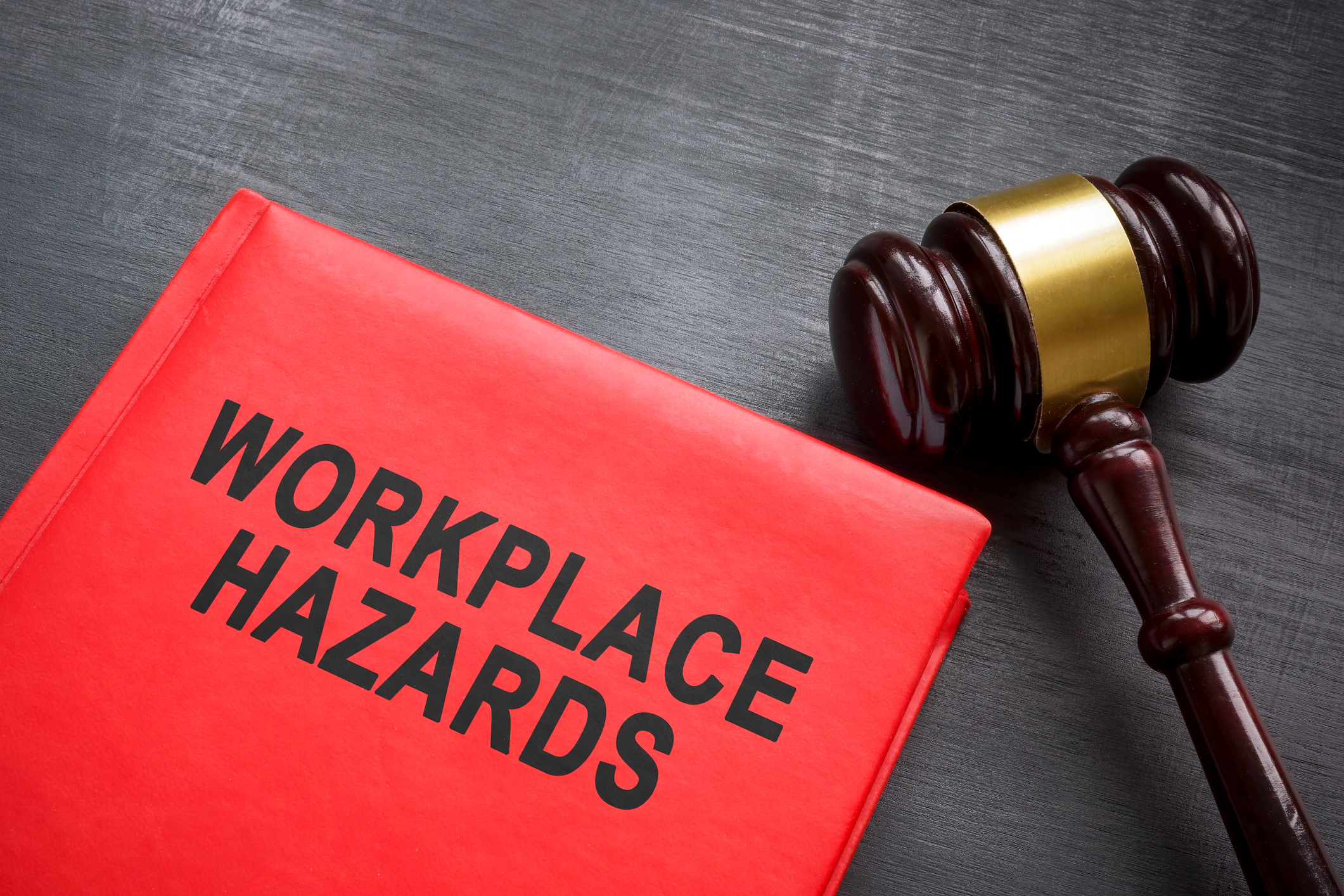OSHA Announces Expansion of “Severe Violator Enforcement Program”

(October 28, 2022) - Employers beware! The Occupational Safety and Health Administration (OSHA) is significantly expanding its “Severe Violator Enforcement Program” (SVEP). Employers that are placed into the program by OSHA will be significantly scrutinized, with the potential for very damaging information about their failure to maintain a safe workplace being made public for customers, partners, and vendors to see.
As the name suggests, the program is meant to identify, classify, and then stringently monitor employees deemed to be “severe violators” of the OSH Act. According to the OSHA website alert, to be deemed a “severe violator”, the agency must find that the employer has demonstrated “indifference” to the regulations by committing “willful, repeated, or failure-to-abate” violations.
While employers may assume that only a select few bad apples will be subjected to this program, it can be surprising how close those businesses may come to being cited for the same violation twice, or how their well-intended abatement efforts following a citation fall just short of being fully implemented and, in turn, become a major failure-to-abate finding. OSHA can be very exacting in their evaluation as to whether a hazardous condition has been truly abated.
Below are five questions and answers about the program provided by OSHA on their website (as of September 2022) here: https://www.osha.gov/enforcement/svep.
1. What is the SVEP?
The Severe Violator Enforcement Program, or SVEP, concentrates resources on inspecting employers that have demonstrated indifference to their OSH Act obligations by committing willful, repeated, or failure-to-abate violations. It replaces OSHA's June 18, 2010, Severe Violator Enforcement Program. Enforcement actions for severe violator cases include mandatory follow-up inspections and, where appropriate, ensure increased awareness of the enforcement actions at the corporate level, corporate-wide agreements, enhanced settlement provisions, and federal court enforcement under Section 11(b) of the OSH Act.
2. What is the criteria for an SVEP case?
OSHA considers an inspection to result in a SVEP case if it meets at least one of the criteria below. All OSHA standards are applicable to SVEP.
- Fatality/Catastrophe Criterion.
A fatality/catastrophe inspection where OSHA finds at least one willful or repeated violation or issues a failure-to-abate notice based on a serious violation directly related either to an employee death, or to an incident causing three or more employee hospitalizations.
- Non-Fatality/Catastrophe Criterion.
An inspection where OSHA finds at least two willful or repeated violations or issues failure-to-abate notices (or any combination of these violations/notices), based on the presence of high gravity serious violations. NOTE: Low and moderate gravity serious violations do not fulfill this criterion.
- Egregious Criterion.
All egregious (e.g., per-instance citations) enforcement actions shall be considered SVEP cases.
3. How can in inspection be removed from OSHA’s SVEP Public Log?
OSHA will remove an employer from the Severe Violator Enforcement Program Log after at least three years from the date of receiving acceptable abatement verification. To be eligible for removal, the employer must have:
- Abated all SVEP-related hazards,
- Paid all final penalties,
- Where applicable, followed and completed all applicable settlement provisions,
- Received no additional serious citations related to the hazards identified in the original SVEP inspection or any related establishments, and
- Have received one follow-up or referral OSHA inspection.
4. Does OSHA offer an SVEP term of less than three years?
Yes, if an employer agrees to an Enhanced Settlement Agreement they may elect to reduce the SVEP term to two years. In such cases, SVEP removal is contingent on the employer agreeing to developing and implementing a safety and health management system (SHMS), within the two year period, that includes policies, procedures, and practices that are effective to recognize and abate occupational safety and health hazards and protect employees from those hazards. The employer’s SHMS should include at least the seven basic elements outlined in OSHA publication 3885, Recommended Practices for Safety and Health Programs (October 2016), and should also include provisions for evaluating and improving program effectiveness, along with a provision for OSHA’s review and evaluation of the SHMS. Lastly, implementation must be verified by an independent third party (i.e. a CSP, CIH, or – for a unionized workplace – a national union safety and health representative), subject to the approval of OSHA.
5. Does OSHA maintain a public log of inspections in SVEP?
Yes, to obtain a complete list of inspections in OSHA’s SVEP Public Log, select the following Link: Public_SVEP_Log_v2022_06_01.xlsx (live.com)
Key Takeaway
OSHA’s SVEP highlights the need for employers to be vigilant in ensuring there is a comprehensive, systematic abatement effort following any citation that is easy to maintain and even easier to train new employees about. It is not just about correcting the hazard – it is also about maintaining a workplace where the hazard does not return.
For more information about the SVEP or OSHA generally, contact the authors of this alert. Visit our Labor & Employment Practice page for additional alerts in this area.
Authors:
Kip J. Adams, Partner
Steven G. Gatley, Partner

